Do you need more creative, engaging and interactive presentations for your business, perhaps for a B2B sales pitch, but want to find out what’s possible first?
If you’re not getting the results you need from the same generic PowerPoint presentations stuffed full of content and bullet points, there is another way.
The key thing to remember, and what so many people forget, is that your customers don’t want to sit through a presentation that’s all about you, or your company. Instead, it should be about making it relevant and personal to them.
As specialists in persuasive storytelling through interactive presentations, sales enablement tools and touchscreen experiences, we’re going to talk you through some steps to create a more meaningful, relevant and engaging presentation.
1. Built-in navigation for each section of your presentation
Rather than having to present a linear, slide-by-slide presentation, introduce navigation at the bottom of the slide. This will let you skip between different sections or topics with ease, letting you tailor your presentation to what the customer wants to talk about.
It doesn’t mask over a generic or product-focused presentation, so some serious thought and consideration will have to be given to the content, structure and flow of your presentation, so that it is customer focused.
This will ensure you get the most out of the presentation’s navigation, and ensures you have a conversation with the customer – instead of just talking at them.
TIP: You can even take this one step further and introduce a central visual that the presentation is built around, which can act as your navigational device.
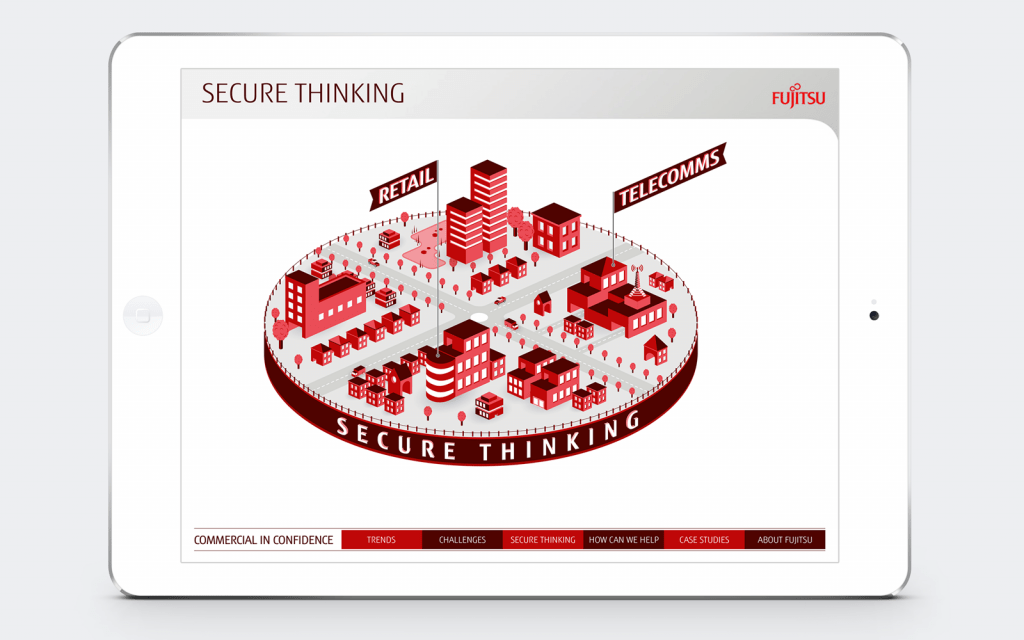
2. Page-specific navigation/hotspots
One mistake many businesses make is when they try to cram something very complex into one slide (think multiple bullet points in a tiny font size).
So, what can you do instead? Well, if you have a product, for instance, with multiple features to get across, you should start with a clear, bright image of that product. Then, introduce clickable hotspots so you can drill down into more detailed content.
Each of these hotspots can take you to a specific slide which describes that particular feature. It’s a much better way to navigate than having to pack everything onto one slide.
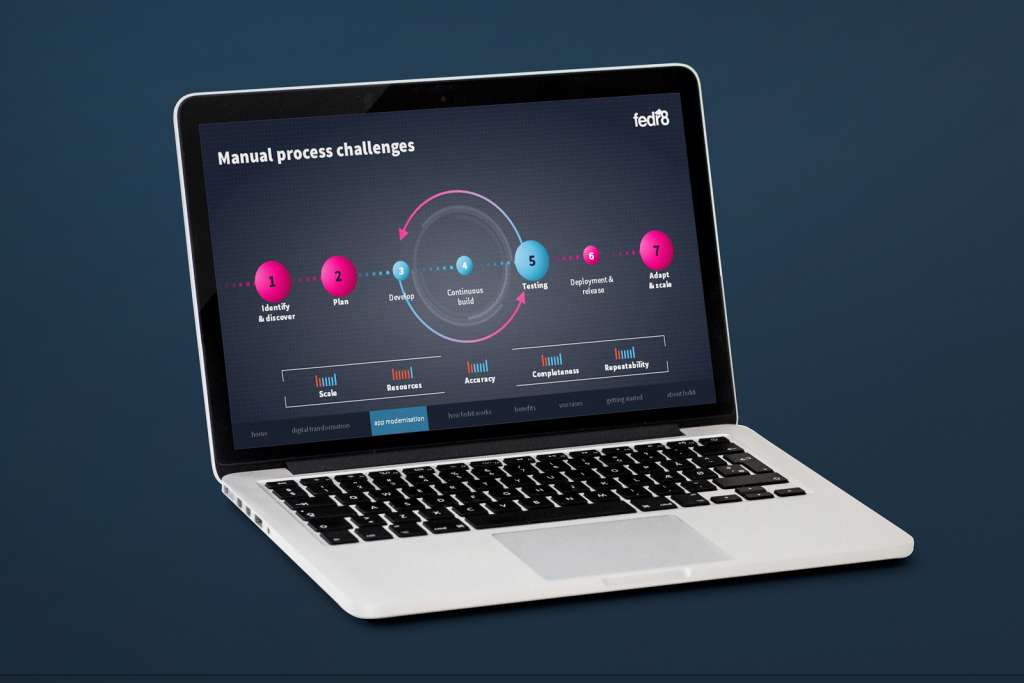
3. Interactive scenarios (like ‘a day in the life’ scenario)
If you have a product or service, the chances are it can’t just be described on one slide. Instead, why not demonstrate how it works within the customer’s environment, show people how something works don’t tell them? We often build a ‘day in the life’ scenario which walks people through a story of how our customer’s solution fits into their customer’s world.
For example, if you’re a logistics company, show what happens at the depot at the beginning of the day. Then, go on to explain what happens on the road, before demonstrating what happens for the driver, and for the end customer once the parcel is delivered.
Finally, you can follow the driver back to the depot at the end of the day giving your audience a full picture from start to finish and the benefits and opportunities . This helps create a conversation, and allows for customers to ask you questions along the way.
Think of it as a bit like taking them on a journey with interactive touchscreen tools for them to engage with.
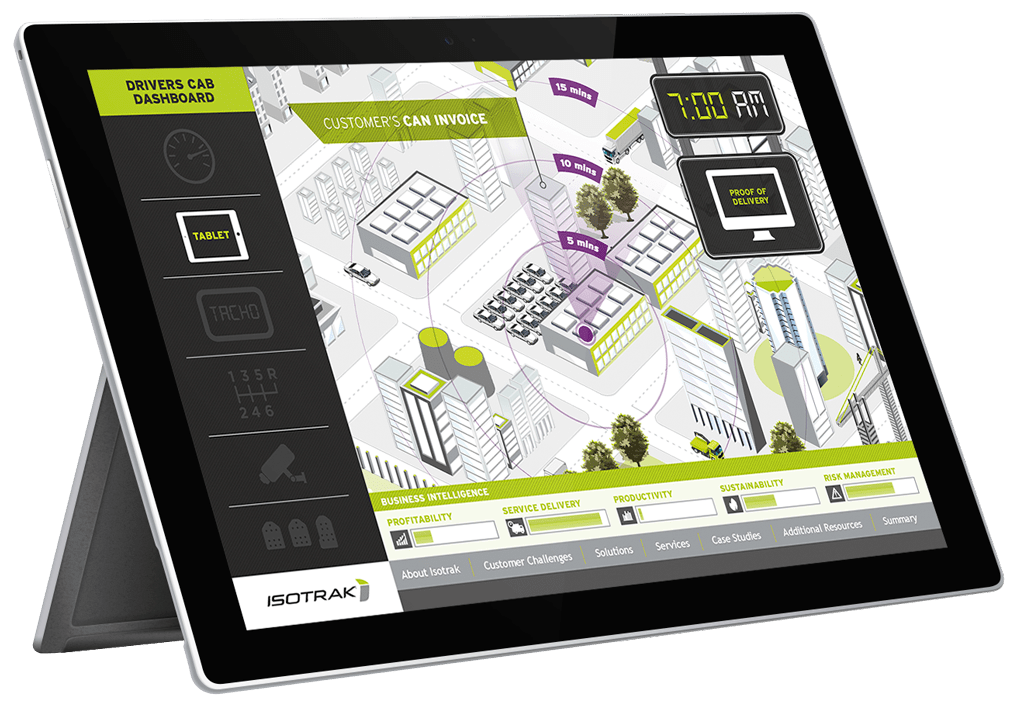
4. Audience-specific content
A generic presentation is just that; full of generic content that is unspecific to anyone. So, if you have multiple stakeholders in the room, why not have an interactive section in your presentation which allows for tailored messaging?
For instance, when you talk to the CFO, be able to navigate to finance information. When you talk to the CMO, bring up the marketing information that’s going to be to his benefit. This makes the content specifically relevant to them, and shows you’re addressing their specific challenges.
This also works for different industries; because whilst your product may work in both a healthcare and retail environment, they both have fundamental differences, trends and challenges.
You should be able to address these individually, not talk about everything to everyone.
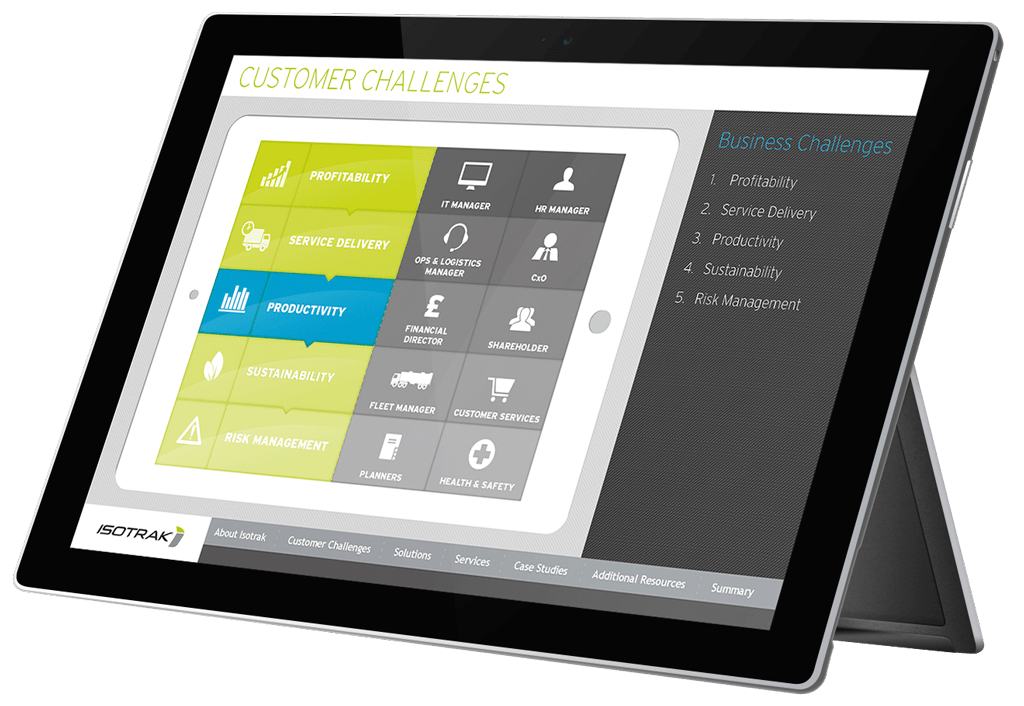
5. Interactive diagrams / 3D models
When something is complex – especially in technology or manufacturing – make it easy for people to understand. Maybe you have a complex product that you want to introduce. Why not build it up in stages, layer by layer, and talk them through it?
Then, if they have any questions, you can always back it up a few levels, so you can clarify anything they’re unsure of, or give them more information about any particular element. Visual storytelling is the perfect way to explore complex ideas or services.
You can also have 3D models – combined with navigation and interactivity, it can become a powerful tool to showcase a solution or service.
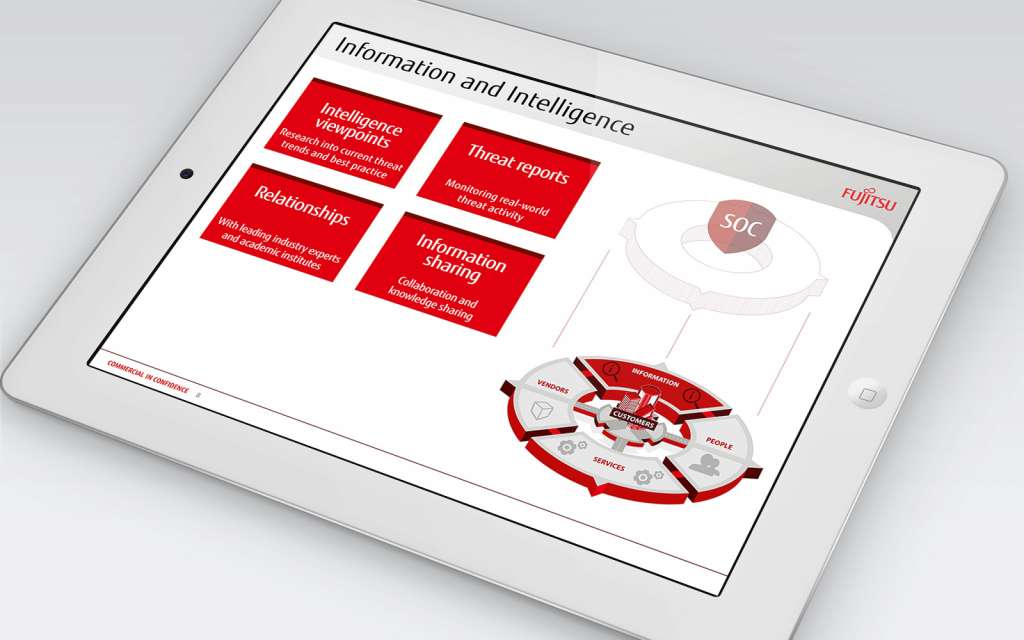
How easy is it to implement these options?
It’s vital to carefully consider your presentation from your audience’s point of view, along with the messaging you’re looking to present. It’s important to bear in mind that whilst the navigation aspect may seem easy, getting the flow and the content right is really the key to a successful presentation.
So, if you’re looking for an effective interactive presentation, it might be a good idea to seek out some professional advice.
The next steps to gaining an interactive presentation
If you’re looking for an interactive presentation that hits the mark every time, we’d advise seeking out an interactive agency that’s got all the right experience, and who can see things from your customers’ point of view.
It’s good to bear in mind that you may be too close, or too familiar to your message. It may even have been adapted over time, rather than reviewed properly, so getting that outside perspective can really make a difference.
An agency can get all of the stakeholders together and review the presentation step-by-step; realigning the flow of your story and messaging so it’s built around the customer. We call this process our Customer-First Blueprint® and think of it as being the most important part of the process.
A real-life example
When Paragon Software Systems wanted to update the way it told its story, putting customer challenges at the heart of its presentation and making sure the routing and planning software were clearly communicated, they came to us.
We realised early on that this needed to be an interactive deck. So, we started by holding a workshop with senior stakeholders, and built a sitemap and storyboard for the presentation. We then introduced industry challenges (that were interactive) and a ‘day in the life’ scenario.
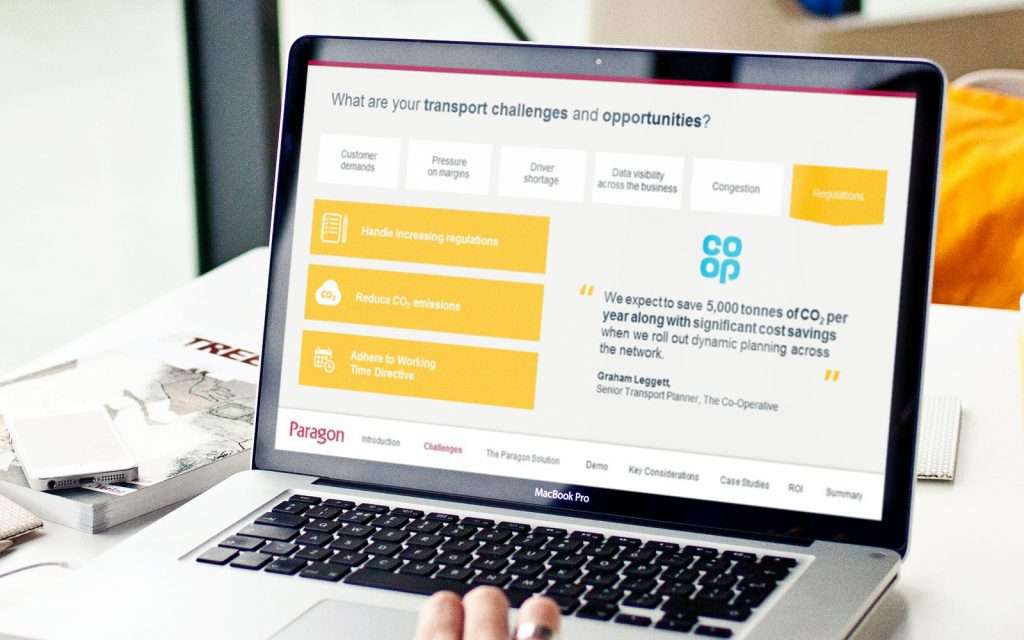
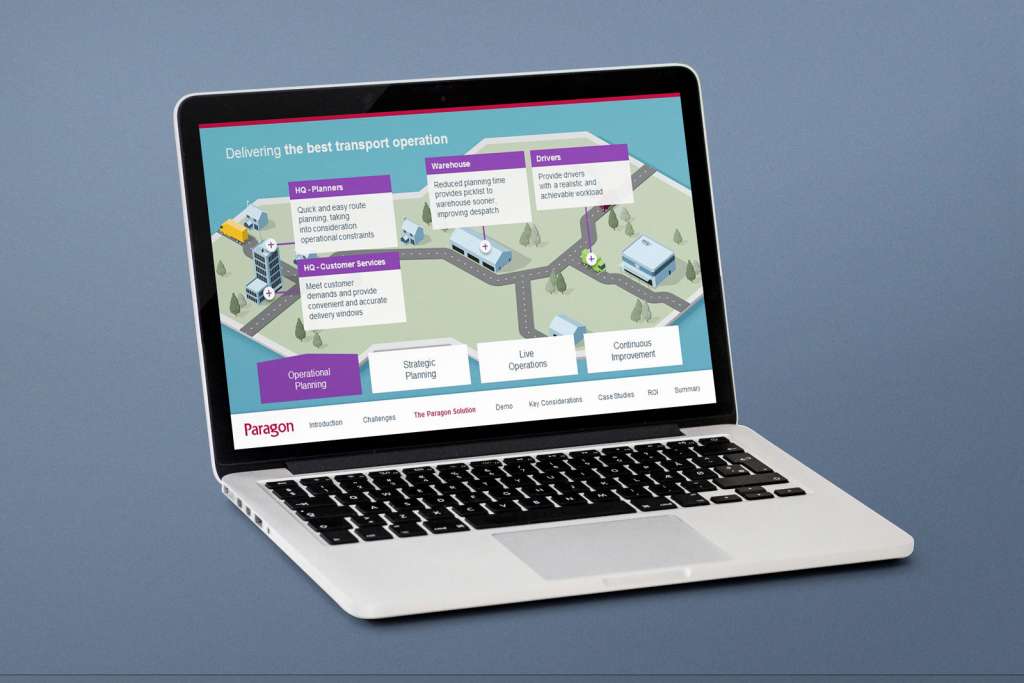
This was all underpinned with navigation throughout the presentation that enabled different audiences to be addressed. It also accommodated different presentation styles and meeting requirements.
“We very much enjoy working with POPcomms; they produce so much more than just good-looking PowerPoint presentations. Our new sales presentation is really helping us to tell our story differently, consistently communicating the value of Paragon to transport operations looking to save money but also continuously improve their delivery services.”
Kristel Jarvis, Marketing Manager of Paragon Software Systems
Create persuasive interactive presentations to engage your customers
We hope this blog post has helped give you a better idea of the main options available for creating a persuasive interactive presentation. Remember, you must put your audience first; think about them and what they want to hear.
Then, consider how this can translate to interactive elements that help tell your story. Your audience is everything; lose them along the way, and your presentation loses all value.
Want to find some more persuasive presentation examples to wow your customers? An interactive design agency with the right experience will be able to help. If you’d like to know more about how you can create the best interactive sales enablement content, get in touch today on +44 (0)117 329 1712 or hello@popcomms.com. We’d love to hear from you.
Related Posts
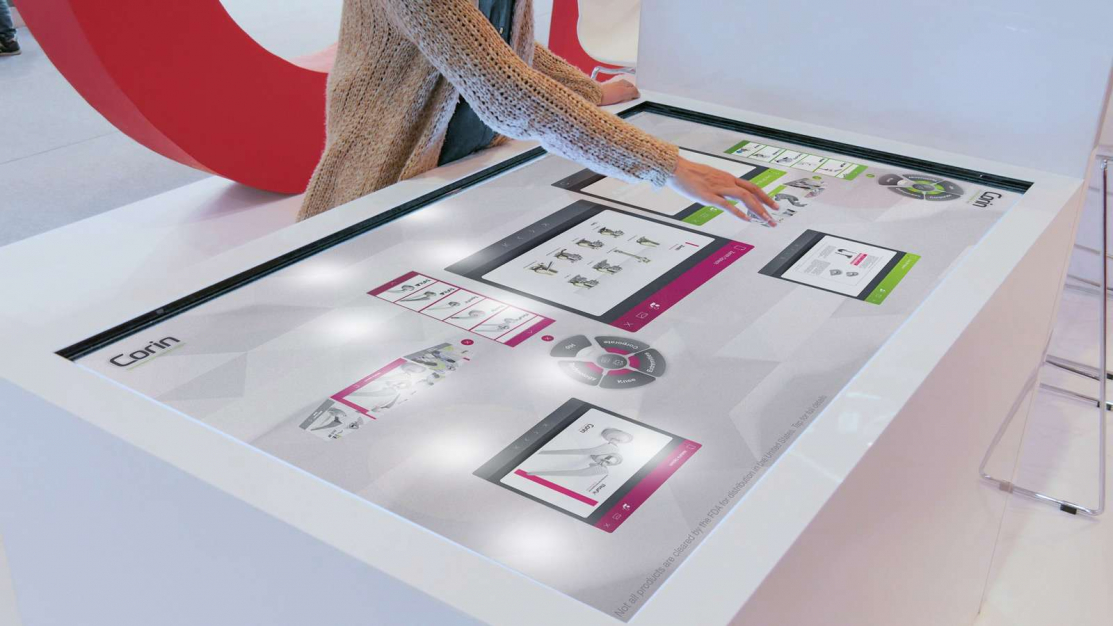
The Most Important Aspect of Winning New Business [AKA How Sales & Marketing Compare to Online Dating]
Read
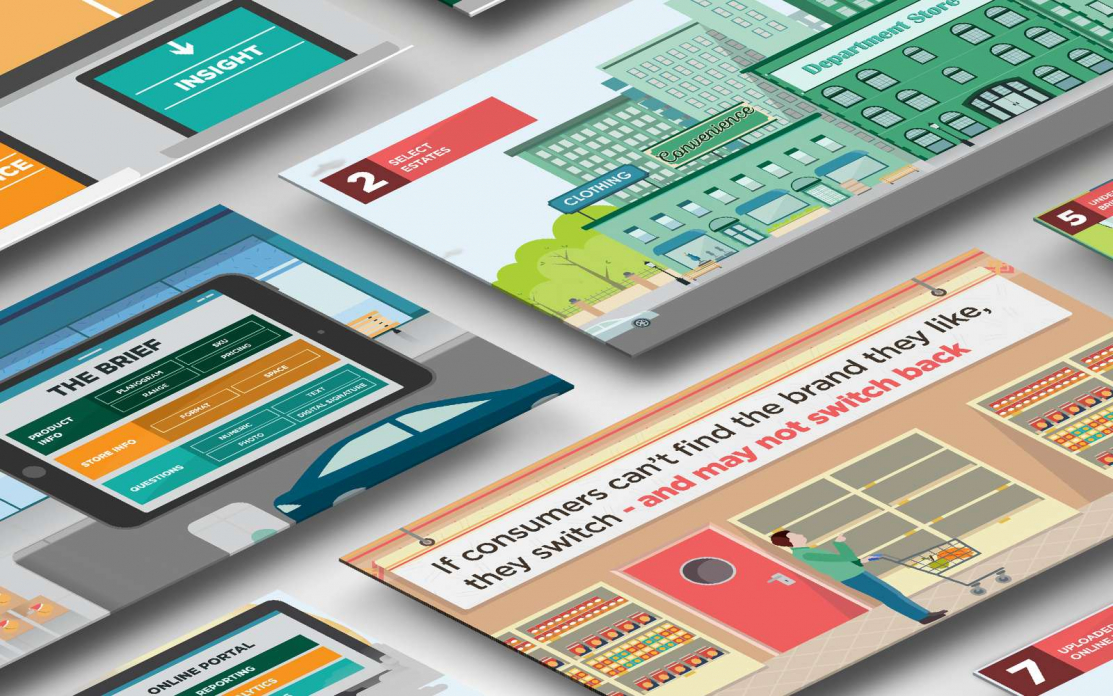
Why You Shouldn’t Rule Out PowerPoint for Your Next Interactive Presentation
Read
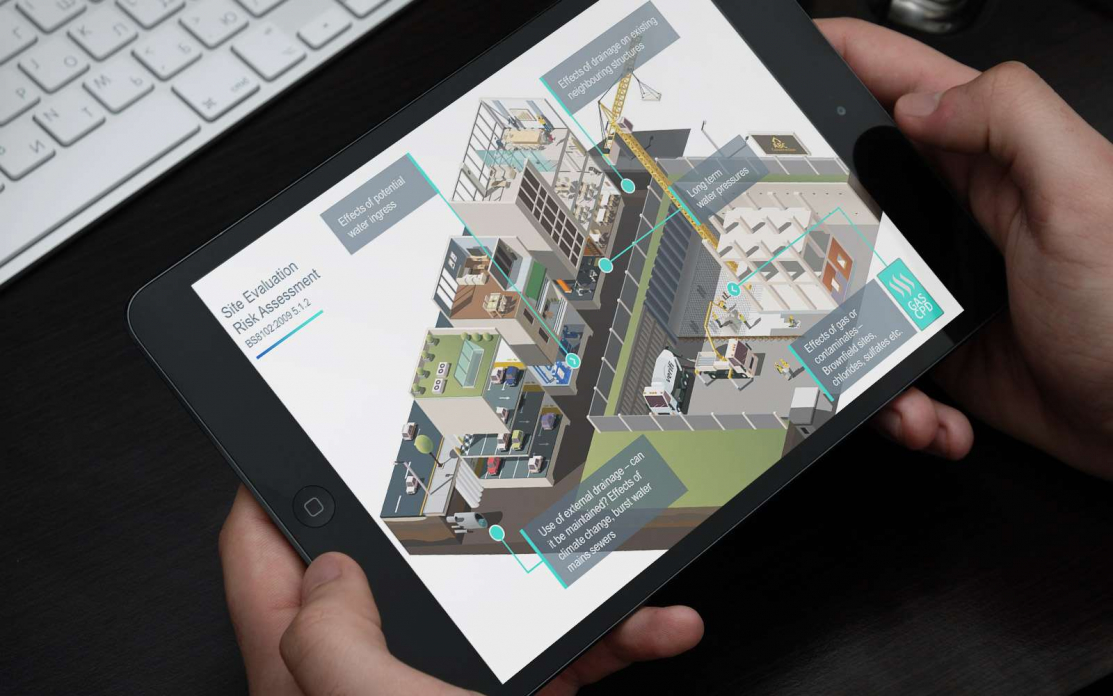
How Long Does an Interactive Touchscreen for Advanced Manufacturing Take to Develop?
Read
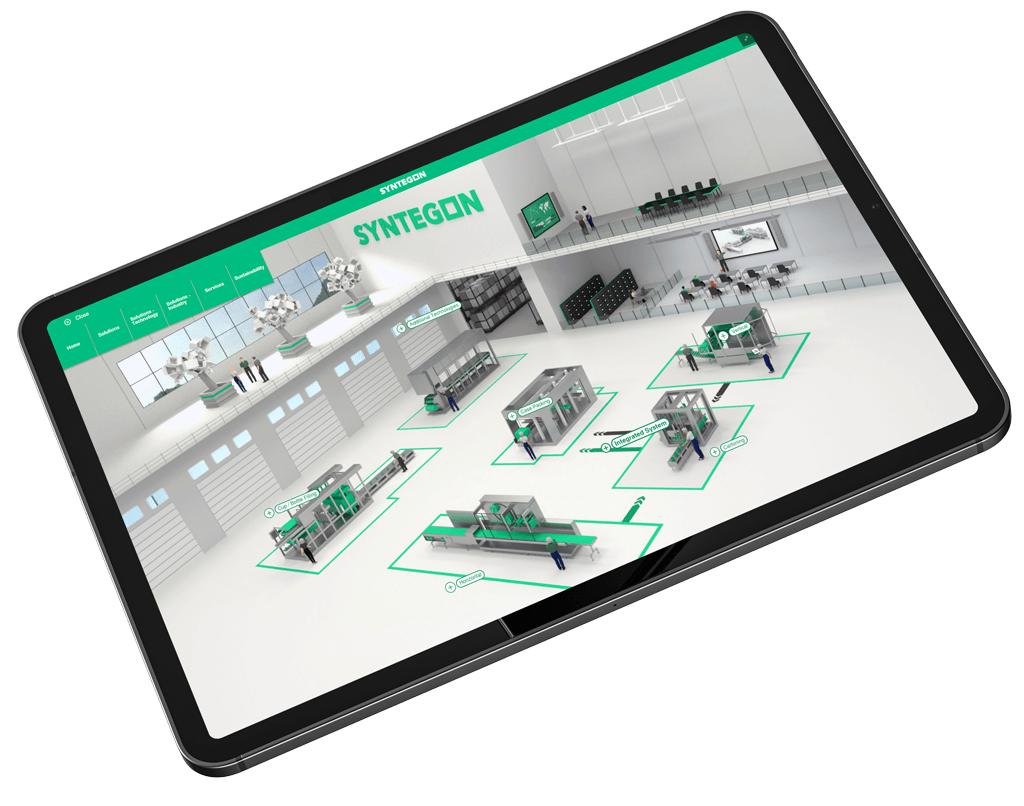
Switch Remote B2B Sales on Instantly. Why Flexible Sales Enablement Is the Key to Future Success
Read